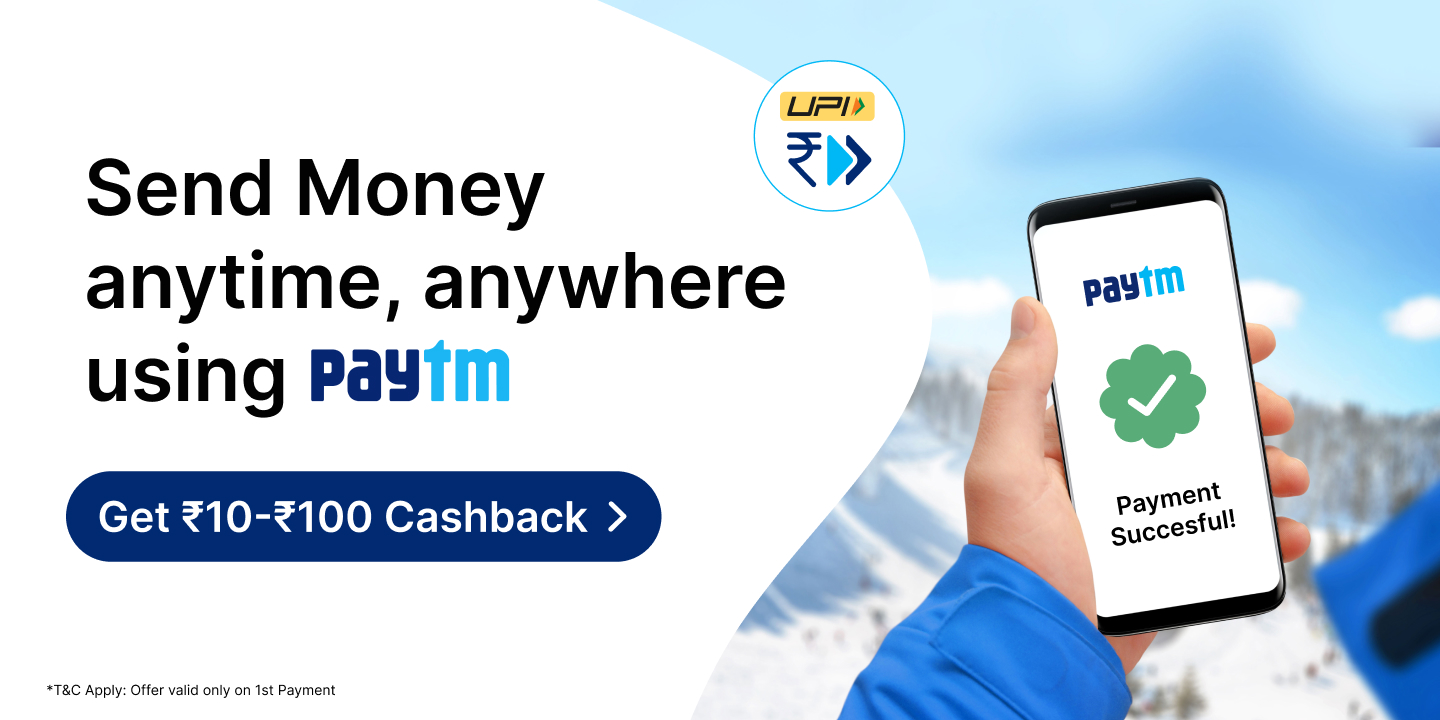Banking transactions can be recorded using either a traditional paper passbook or a digital passbook. In this article, we will explore the differences between these two methods of transaction recording in detail.
Table of Contents Show
What is a Traditional Bank Passbook?
A bank passbook is a physical record of all financial transactions made in a bank account, including deposits, withdrawals, and any other credits or debits. It provides a detailed history of the account holder’s financial activity and can be used to track spending and balance changes. To keep the passbook up to date, the account holder must visit the bank and have any new transactions printed in the passbook. The passbook is a precise record of all transactions, showing the dates and amounts of each transaction, as well as the current balance of the account.
- The banking kit includes a bank passbook, chequebook, debit card, and other important banking documents.
- To keep the bank passbook up to date, the account holder must visit the bank in person and have any new transactions printed in the passbook.
- There is no other way to update a traditional bank passbook, which is printed on paper.
- A bank passbook, which contains the account holder’s name, bank account number, and other information, can be used as proof of identity or ownership of the account.
What are the Components of a Bank Passbook?
A bank passbook contains a summary of a user’s bank account information. It is composed of the following elements:
| Bank Passbook Components | Description |
|---|---|
| Name of the bank | The name of the bank where the account is held. |
| Address of the bank | The physical address of the bank branch. |
| MICR code | Magnetic Ink Character Recognition code for the bank. |
| IFSC code | Indian Financial System Code that identifies the bank branch for electronic fund transfers. |
| Name of the account holder | The name of the individual or entity who owns the account. |
| Type of bank account | The type of bank account, such as savings or current. |
| Customer ID | The unique identification number assigned to the account holder by the bank. |
| Address of the account holder | The address of the individual or entity associated with the bank account. |
| Bank account number | The unique account number assigned to the bank account. |
| Date of opening bank account | The date when the bank account was opened. |
What are the Benefits of a Bank Passbook?
- Record of Transactions: A bank passbook serves as a record of all your financial transactions, including deposits, withdrawals, and transfers. It provides a comprehensive overview of your account activity, making it easy to track your finances.
- Easy Account Management: With a bank passbook, you can manage your account without relying solely on online banking or mobile apps.
- Transaction Verification: The passbook allows you to verify the accuracy of transactions recorded by the bank. You can compare the entries in your passbook with your records to ensure that all transactions are correctly recorded.
- Security: Bank passbooks are usually considered a secure method of tracking transactions as they are physically held by the account holder. They are less susceptible to cyber threats or unauthorized access compared to online banking platforms.
What are the Limitations of a Bank Passbook?
Some of the limitations of a bank passbook are as follows:
- A user must visit the bank to have the passbook updated with new transactions.
- There is no other way to update the bank passbook, aside from visiting the bank in person.
- Once the passbook is filled with transactions, the user may need to apply for a new one.
- Carrying the passbook with them every time they want to update it may increase the risk of it being misplaced.
What is a Digital Bank Passbook?
A digital passbook is a digital version of a traditional bank passbook, which is used to record and track financial transactions. Unlike traditional passbooks, digital passbooks do not require the user to physically visit a bank branch to record transactions. Instead, the digital passbook displays all transactions made in a specific period, such as a week, month, or year, along with the amount debited. This provides users with a convenient and efficient way to keep track of their finances and transactions.
- Transactions in a digital passbook are processed automatically, without the need for manual updates.
- The digital passbook is automatically updated whenever a transaction is initiated or completed.
- There is no need to visit the bank to have transactions printed in a digital passbook.
- Digital bank passbooks can be accessed and submitted for various purposes, such as proof of identity or ownership of the account.
- Digital passbooks contain a detailed record of all transactions, including the dates, amounts, and types of each transaction.
- Users can filter the transaction history by date to view a detailed summary of a specific transaction.
Benefits of Digital Bank Passbook
- Convenience: A digital bank passbook allows you to access your account information anytime, anywhere, using your smartphone or computer. This eliminates the need to visit a physical bank branch or ATM to update or check your passbook.
- Real-time Updates: With a digital passbook, your account transactions and balances are updated in real-time. You can instantly view the latest information on deposits, withdrawals, transfers, and other transactions, providing you with accurate and up-to-date financial information.
- Easy Transaction Tracking: Digital passbooks offer enhanced transaction tracking capabilities. You can easily search and filter transactions based on dates, amounts, or transaction types. This makes it convenient to monitor your spending, track specific payments, or identify any discrepancies.
- Additional Features: Digital passbooks often come with additional features and services. These may include budgeting tools, spending analysis, bill payment options, and personalized financial insights, providing you with a comprehensive banking experience.
How to Open Digital Bank Passbook?
Step 1: Download your bank’s official mobile app.
Step 2: Log in to your account using your online banking credentials.
Step 3: Look for the passbook or account summary section within the app.
Step 4: Select the account you want to check.
Step 5: View your transaction history and current balance.
Step 6: Use any available filters or search options to find specific transactions.






